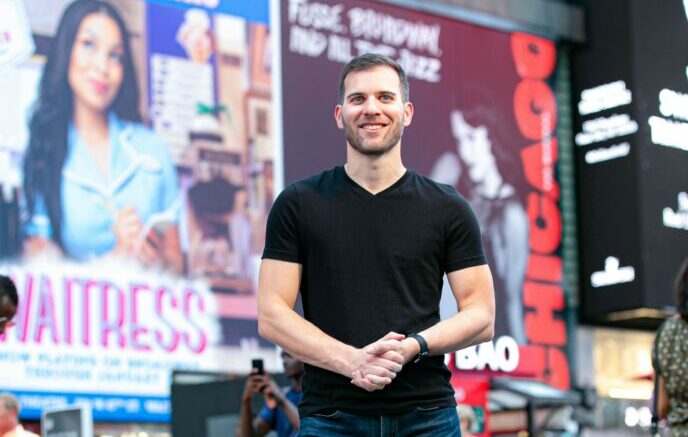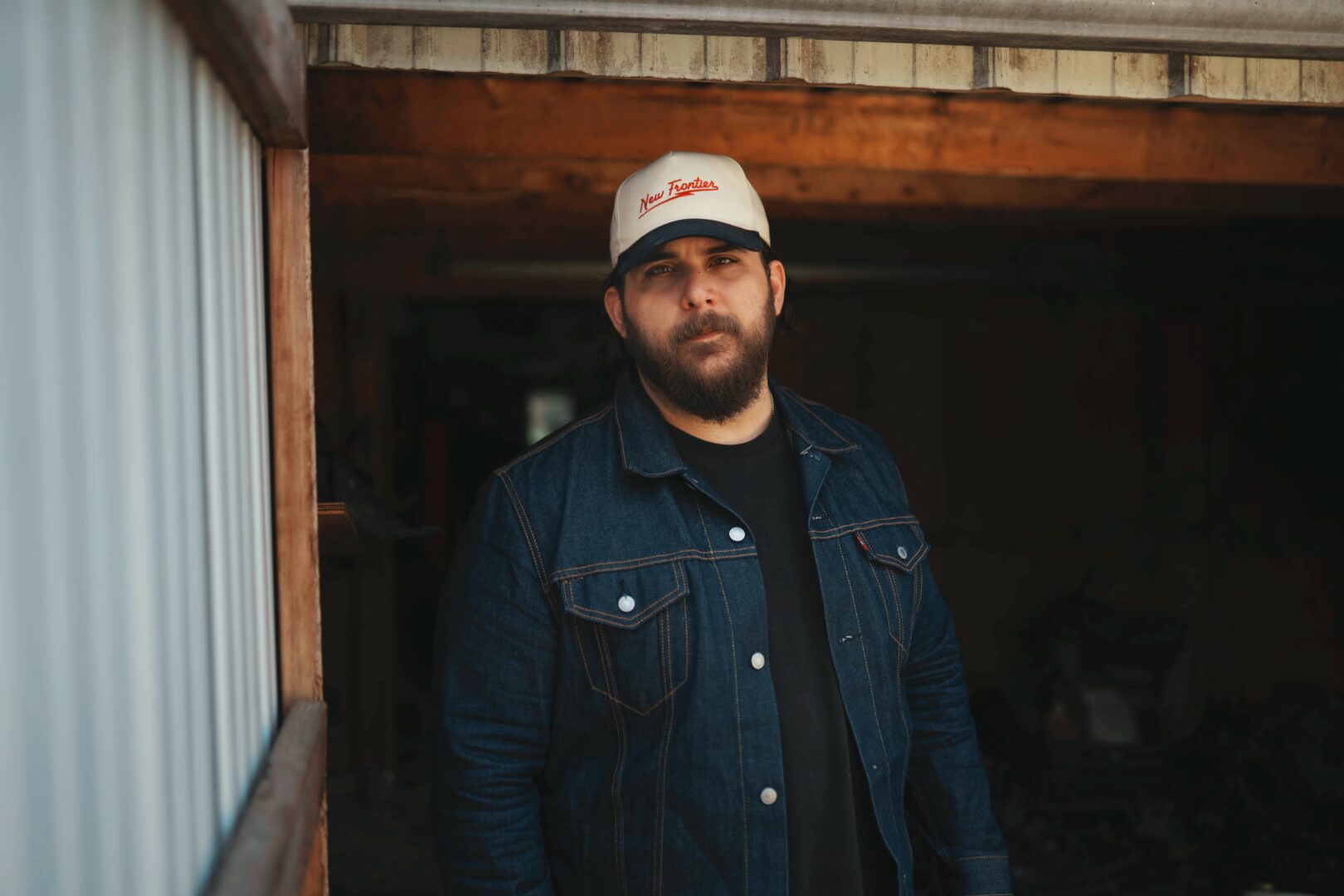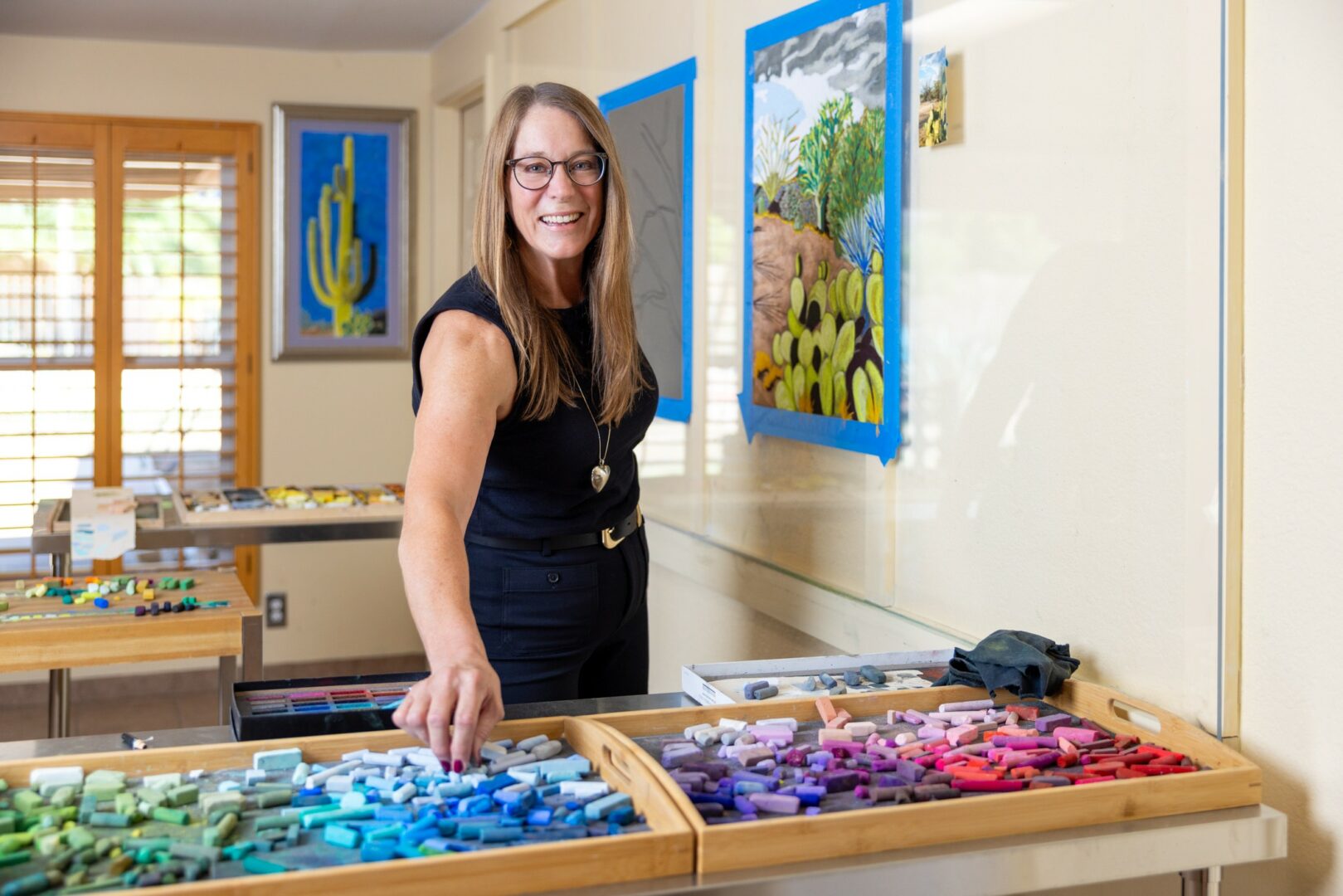We caught up with the brilliant and insightful Jac Benford a few weeks ago and have shared our conversation below.
Jac, appreciate you making time for us and sharing your wisdom with the community. So many of us go through similar pain points throughout our journeys and so hearing about how others overcame obstacles can be helpful. One of those struggles is keeping creativity alive despite all the stresses, challenges and problems we might be dealing with. How do you keep your creativity alive?
I find that talking to other creative people encourages me to chase my inspirations. I keep my creativity alive by reading, learning, or doing something new. For example, I have invested many hours sketching on Procreate, using this software to allow creative aspirations to blossom.
I have found a couple of concepts that support me in being innovative without actively being creative. One concept is to take breaks, which allows me to rest and reset before diving back into a project or my current form of creative expression.
The second concept is to allow my mind to wander. Whether it is to complete an unrelated task or be submerged in a form of escapism, I am separating myself from my creativity for a while. When my thoughts stray, I find that I go down rabbit holes that inspire me until I am expressing my creativity again.
Appreciate the insights and wisdom. Before we dig deeper and ask you about the skills that matter and more, maybe you can tell our readers about yourself?
While working retail in an upscale men’s clothing store, I am building connections with other creative people. At home, I am working on projects that will broaden my horizons and knowledge of garment construction.
One project is to create the technical flat drawings and assist a fellow designer in building the tech pack for a capsule collection for DJs. I am thrilled to have the opportunity to apply skills I have learned during college.
Other projects include a wedding gift and fun clothing and costumes for me. I recently began designing and drafting a capelet for concerts and renaissance festivals.
Additionally, I have rediscovered my hobby of writing stories. Perhaps this may evolve beyond a hobby.
Looking back, what do you think were the three qualities, skills, or areas of knowledge that were most impactful in your journey? What advice do you have for folks who are early in their journey in terms of how they can best develop or improve on these?
The skill of pattern drafting in conjunction with learning the software CLO3D has been invaluable. These skills equip me with a fundamental understanding and continuous growth that I can apply to different facets of my life.
Another impactful area of knowledge is the ability to see a garment, break it down to its 2D components and identify its historical elements has aided me in my own creative processes. By dissecting an existing garment, redesigning, and reassembling it, I can include my individual flair into a new design.
Acknowledging that the learning process exists is a necessary quality. Oftentimes this is challenging to do. But this is a crucial step to having patience. Mistakes and goofs happen; learn from them.
My advice to others is to strive to learn; avoid complacency. Whether it is learning by osmosis or by action–knowledge everywhere. Keep reference sources handy (i.e., books, magazines, etc.). And remember the hands-on practice.
As we end our chat, is there a book you can leave people with that’s been meaningful to you and your development?
The book that has played an invaluable role in my development is Dr Suess’s “Oh, The Places You’ll Go.” I remember this book from childhood, and I was gifted the “Graduation Keepsake Edition” shortly after my college graduation. Its words of advice, wisdom and direction have steered me throughout my years as I transitioned into “adulting” and the workforce.
The first nugget of wisdom is that failure is inevitable. However, Dr. Suess states that success is “98 ¾% guaranteed.”
He also refers to “The Waiting Place,” waiting for life to happen instead of being a go-getter. I interpret that this means to stop waiting for your problems to fix themselves; pick yourself up by your bootstraps and get moving.
Spending time alone is not negative; it helps you to see yourself from within.
The last nugget is that life is a balancing act. It is applicable to most facets of life.
Contact Info:
- Website:www.jachopper.com
- Instagram: https://www.instagram.com/jac_hopper
- Facebook: https://www.facebook.com/Jac.Hopper18
- Linkedin: www.linkedin.com/in/jachopper-benford20
- Twitter: https://twitter.com/jac_hopper
- Youtube: https://www.youtube.com/channel/UCK5xu9vqQFgbcq6onFEomzw








Image Credits
Jac Benford Anne Benford Leny Shen




